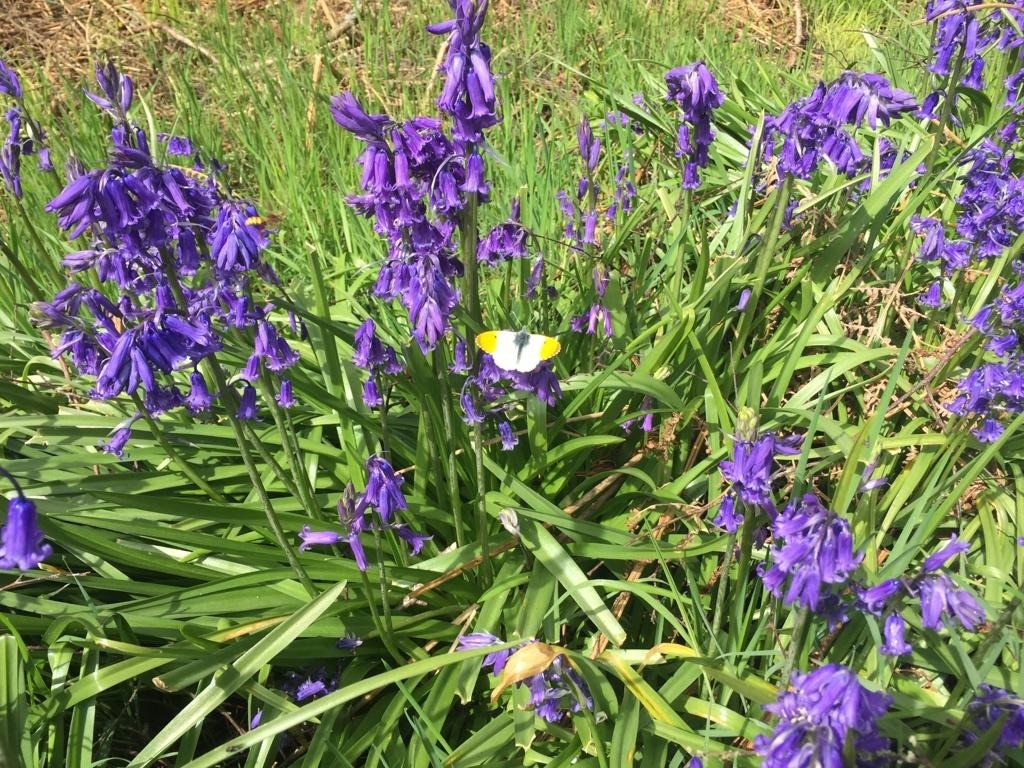A walk on the common: working together for a greener future
A piece about rewilding written in a personal capacity by Kevin Fielding, a Trustee of Berkhamsted Common
Have you ever wondered what we can do locally to combat the devastating effects of human-caused mass species extinction and climate change? Or perhaps you have simply enjoyed some of the beautiful scenery in Dacorum and want it to be available for the generations that will follow us? If so, please read on; together I hope we can help protect what we still have, and perhaps even enhance it for the future.
Berkhamsted Common is a privately-owned local wildlife site (LWS) covering several hundred acres of the Chilterns Area of Outstanding Natural Beauty (AONB). It lies just north of the town of Berkhamsted and effectively forms a continuation of the Natural Trust Ashridge Estate. I am one of nine trustees that manage the common for the benefit and use of local people. The common consists of a bio-diverse habitat mix of acid grasslands and successional forest. As a legacy of its common land status, the public have rights to air and exercise, making it a great place for a walk, ride, picnic, or just to chill out surrounded by nature. It is also the home for a wide variety of wildlife; from deer and muntjac in the forests, to frogs and newts in the ponds, and from bees, butterflies and badgers in the fields, to kestrels, owls, buzzards and bats in the skies above.

An Orange Tip Butterfly on Berkhamsted Common Bluebells in May. (Picture credit: Kevin Fielding).
For the last ten years, this land has been managed following a plan originally devised by the Hertfordshire and Middlesex Wildlife Trust (HMWT). This management scheme ends in October 2022, and the Trustees have commissioned an updated report from HMWT to cover the next ten years. However, I am also canvassing opinions from as many other interested parties as possible to forge a consensus on how best to manage this landscape going forward. As with all areas of public access land, there may be conflicts between agendas based upon enhancing public amenity, improving biodiversity, contributing to national climate targets, and minimizing management costs.

The acid grassland and successional forest habitats of the Western Slopes of Berkhamsted Common. (Picture credit: Kevin Fielding).
Recently, I have been involved in running a set of guided walks with interested individuals and local organisations trying to find a consensus on how we should manage the complex ecosystems present on the Common. Local people were invited during the Berkhamsted Green Week, and other visitors include Berkhamsted Golf Club members, the Chorleywood Common rangers, members of HMWT, and reciprocal visits with The Friends of Halsey Field (a local wildlife site near Hemel Hempstead). I have learned a lot from these visits, including ways to improve wildflower variety, the best way to promote heather restoration, improving pond and water-margin management, and the importance of increasing over-wintering insect habitats by leaving a portion of the grassland uncut each autumn as part of our grassland management plan. One repeating theme is the need for continuity of habitats, connecting the living spaces for our wildlife to allow them to roam and flourish.
Sometimes life does not have to be in conflict, and my hope is that we will be able to marry all these objectives over the next ten years. If we can make the common a great place for wildlife to live, and so improve its biodiversity we will be able to increase the common’s contribution towards national climate targets and improve the amenity to local people.
Please contact Dacorum Green Party if you have any comments on how Berkhamsted Common is currently managed, or if you have ideas for how it should be managed in the future. Kevin Fielding, one of the Trustees of the Common, will be happy to provide interested Dacorum Green Party members with a guided walk.